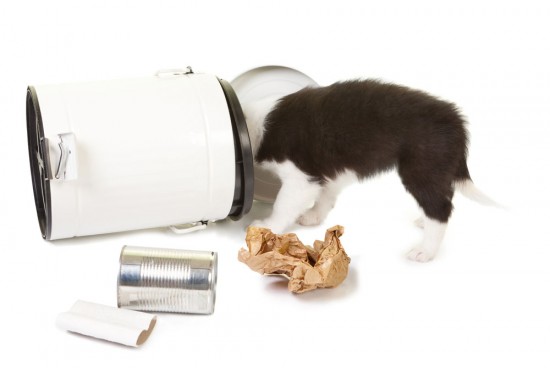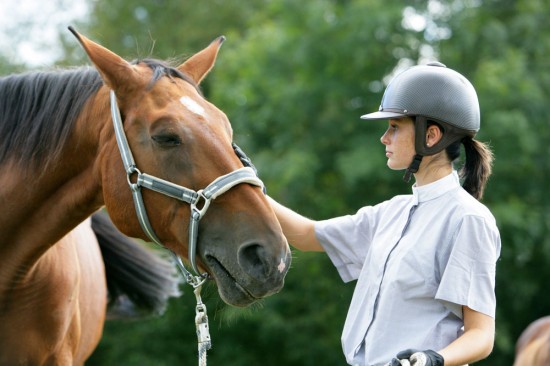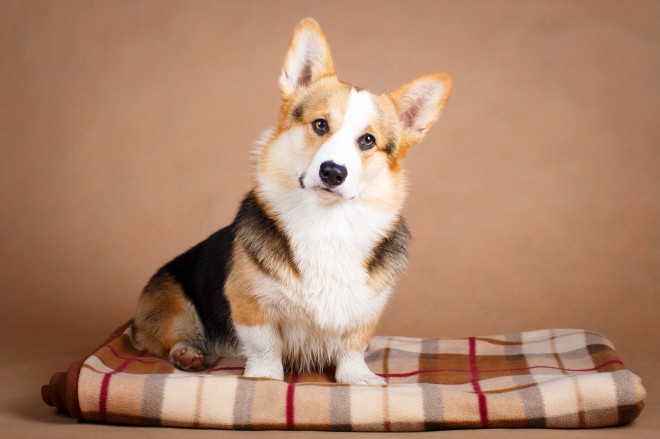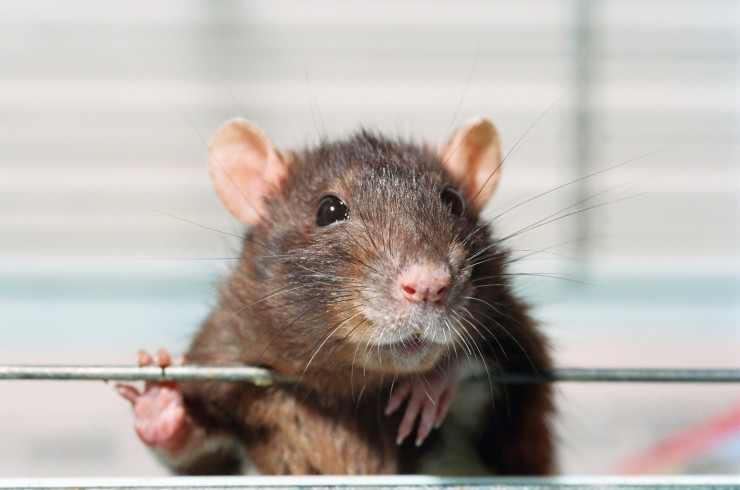
Lungeing your horse is a common method in horse training. Here are some guidelines in lungeing.
Lungeing is critical to achieve success in equine training. Regardless of what methodology you train into, lungeing is a vital piece.
What lunging does is that allows you to determine how emotionally and mentally mature your equine is-whether or not they are ready to proceed to the next step. There are many things that your equine learns in lungeing. It learns how to respond with pressure and reins; moving with basic gaits is also introduced in lungeing along with vocal commands such as "Whoa". Voice commands are great aids in training and directing your horse.
The recommended minimum rope length for horse lungeing is twelve feet. Nevertheless, you can go up to the length you are most comfortable with. The whole point of lungeing is to make your horse accomplish the different horse gaits-the walk, trot, and possibly the canter.
The Horse Lunge
A flat surface to work on is imperative. Working on a surface that is uneven can cause harm to your equine's legs and feet. The round pen is perfect provided it is large enough.
Be certain that your equine is in a responsive and good mood. You can use training aids to extend your energy and improving your pressure to the equine. Always remember that you should never hit or punish the horse. Also, be sure that you are already aware of your equine's body language. If you still haven't fully understood your horse's body signals, then you are not yet ready for lungeing.
To start the activity, make your equine move out by shaking the rope and get the animal going in a circle while holding rope with a bit of slack. Direct your energy behind the animal to propel it forward.
The equine may move too fast for comfort. Just relax and breathe slowly and reduce your pressure to slow the horse down. Hook the equine up to eventually make it stop moving. "Hooking up" is a method often done in groundwork. You should perfect it.
You will also notice that there are instances that it will take more pressure to make the equine stop. Jerk the rope more aggressively if it calls for it. The whole point of this training is to make your horse respond to the slightest of pressures. Sometimes you need to drop the whip for the equine to hook up and stop. Sometimes the equine is just too lazy and hooks up even when you don't want it to.
Always have a balanced training and never disregard a side. If you are doing things on the left side, make sure that you also do the right. You would want to end your training with your horse beside you. Do this by slowly pulling your horse towards you.
Lungeing will help you understand more about your equine and teach it different gaits. The trick is to have patience, and a clear mind.
 Help! My Dog Won’t Stay Out Of The Bin!
Help! My Dog Won’
Help! My Dog Won’t Stay Out Of The Bin!
Help! My Dog Won’
 Learning To Horse Ride - The Top Five Mistakes Made By Novice Riders
Learning To Horse
Learning To Horse Ride - The Top Five Mistakes Made By Novice Riders
Learning To Horse
 Bring Your lovely pets to Animal Hospital in White Rock Lake
Bring Your lovely pets to Animal Hospital in White Rock La
Bring Your lovely pets to Animal Hospital in White Rock Lake
Bring Your lovely pets to Animal Hospital in White Rock La
 Top Tips For Dogs That Live In Apartments
Top Tips For Dogs
Top Tips For Dogs That Live In Apartments
Top Tips For Dogs
 How To Tell If Your Rat Is Too Hot Or Too Cold, And What To Do About It
How To Tell If Yo
How To Tell If Your Rat Is Too Hot Or Too Cold, And What To Do About It
How To Tell If Yo
Copyright © 2005-2016 Pet Information All Rights Reserved
Contact us: www162date@outlook.com